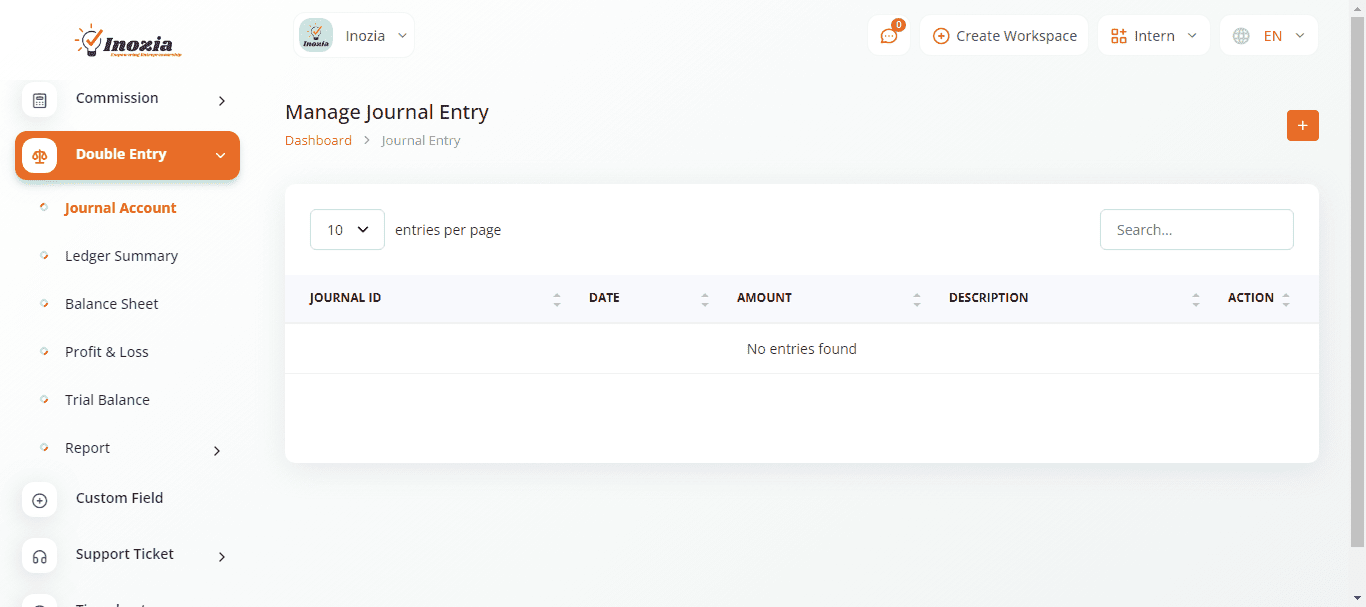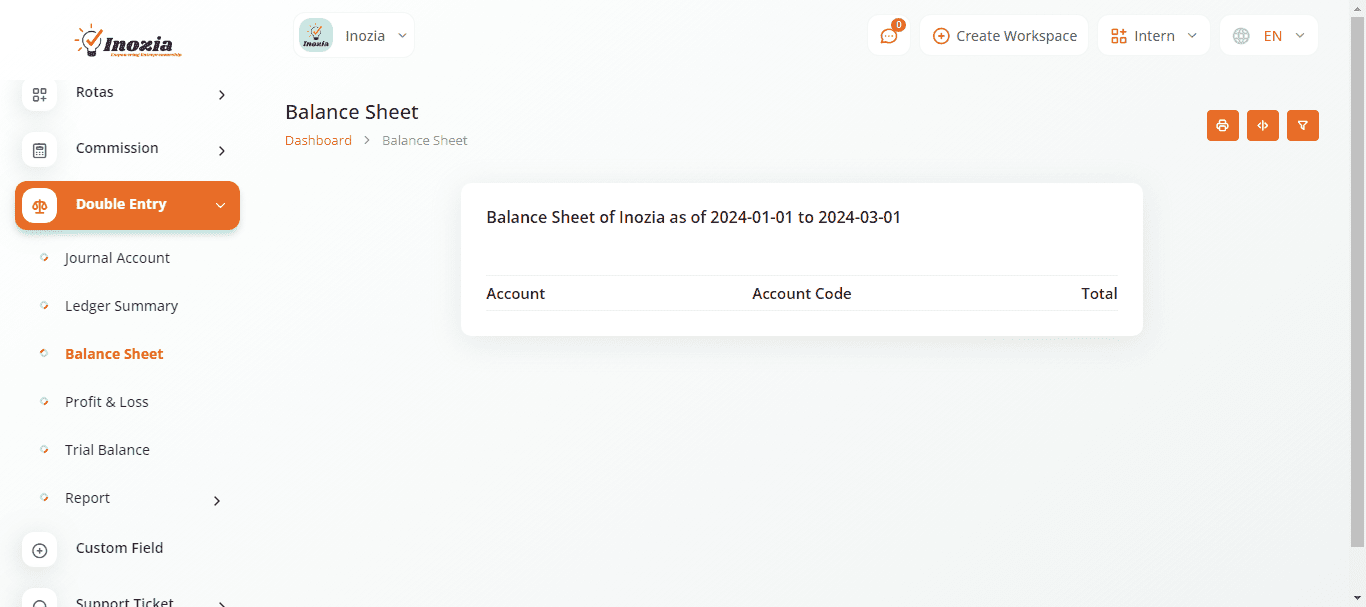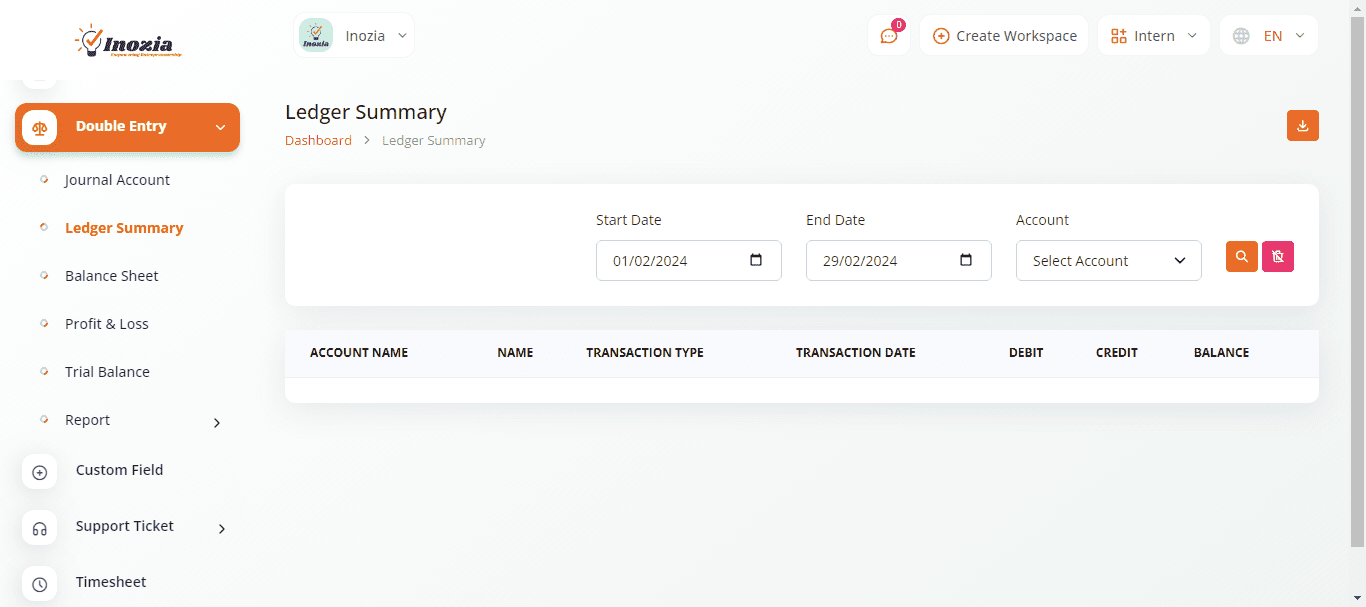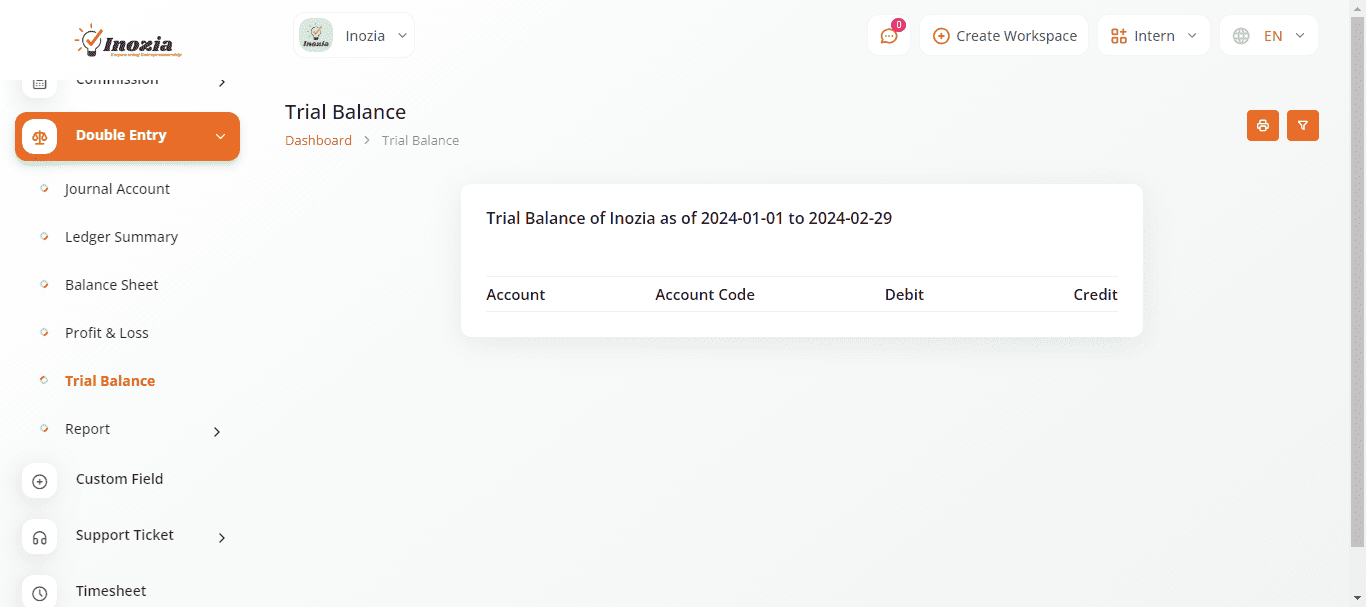Double Entry
Double Entry accounting is a foundational accounting approach that registers financial transactions by inputting them into two distinct accounts: one for debit and another for credit. Every transaction has an impact on both aspects of the accounting equation, ensuring the equilibrium of assets equaling liabilities plus equity. Employing this system ensures the precision and reliability of financial records, allowing businesses to monitor their financial well-being and adhere to accounting standards.
Dual Accounting Principle
Double Entry Accounting is crucial for maintaining accurate and balanced financial records, providing a complete picture of a company financial activities.
Maintain Balance And Accuracy in Accounting
Journal Account typically refers to an account used in the double entry accounting system to record individual financial transactions. In the double entry system, each financial transaction is recorded in a journal account with both a debit and a credit entry to ensure the accounting equation (assets = liabilities + equity) remains balanced.
To perform accounting journal entries, identify the transaction, analyze its impact on accounts, and record it in a journal with debits and credits. Ensure entries balance and post them to the general ledger for accurate financial reporting.
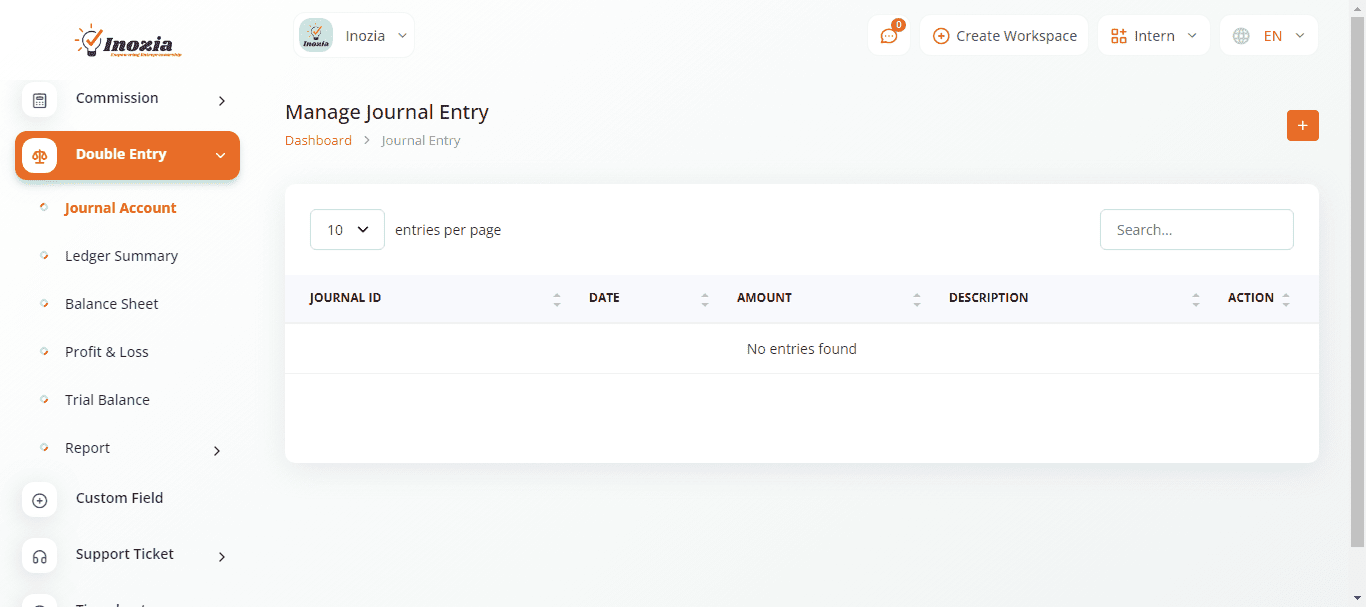

Tools for keeping an accurate general ledger
A ledger account is a record of all transactions affecting a particular account within the general ledger. Individual transactions are identified within the ledger account with a date, transaction number, and description to make it easier for business owners and accountants to research the reason for the transaction.
Balance Sheet
Balance sheets provide a snapshot of a company financial position by presenting its assets, liabilities, and equity at a specific point in time. Assets are what the company owns, liabilities are what it owes, and equity represents ownership. The equation, Assets = Liabilities + Equity, ensures the balance sheet fundamental principle: assets must equal the sum of liabilities and equity.
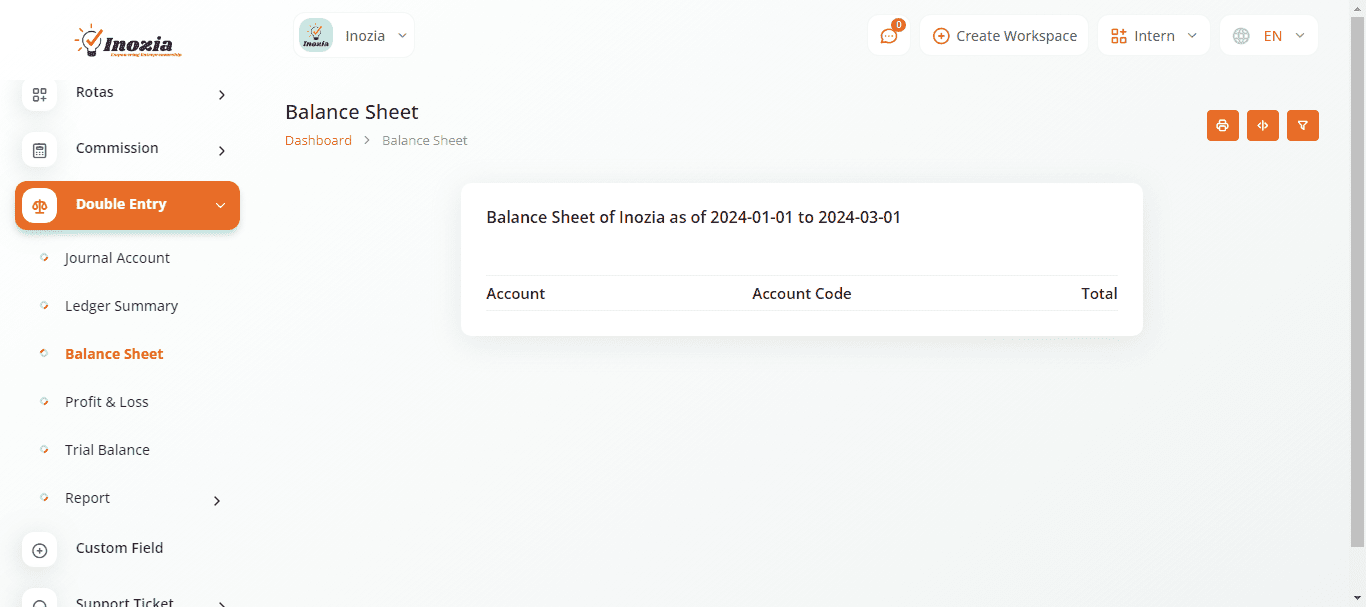

Profit and Loss (P&L) Statement
Profit and Loss (P&L) statements, also known as income statements, provide a detailed financial overview of a company performance over a specific period. They start with total revenues generated from sales and then subtract all operating expenses, including cost of goods sold (COGS), operating expenses, taxes, and interest. The resulting net profit (or loss) represents the company bottom-line earnings after all costs are considered.
Trial Balance
A Trial Balance is an accounting worksheet that lists all general ledger accounts and their balances. It serves as a fundamental check to ensure total debits equal total credits, verifying data accuracy across major accounting items like assets, liabilities, equity, revenues, expenses, gains, and losses.
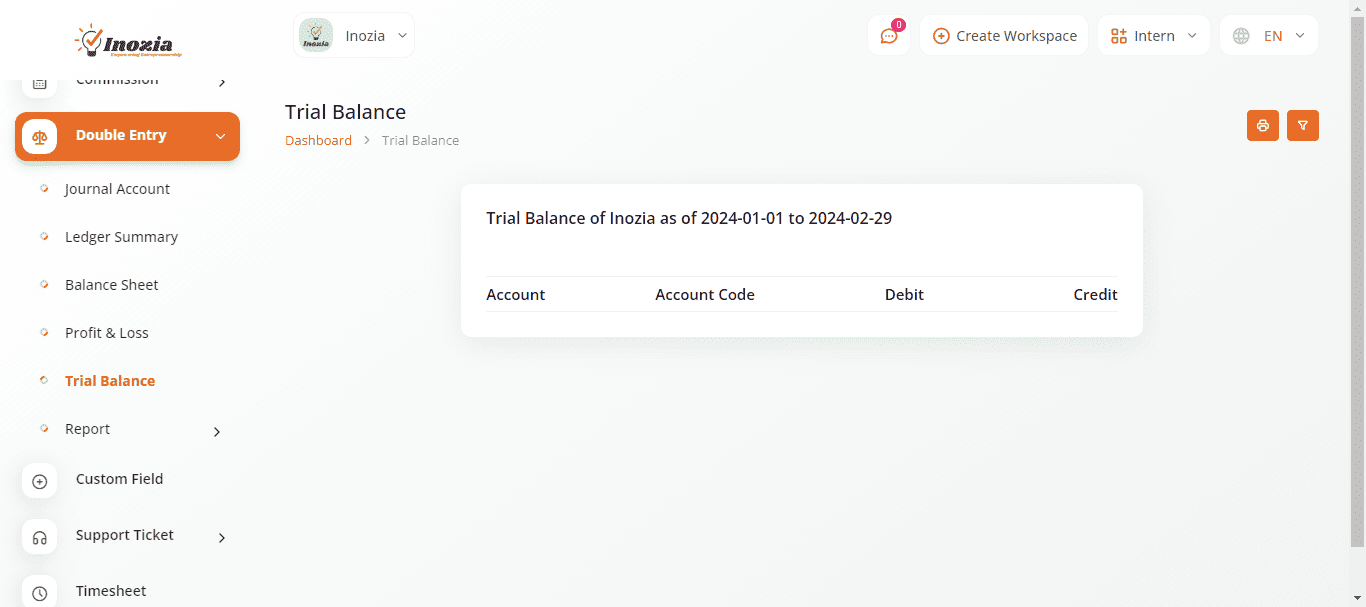
Opting for dedicated modules for your business offers numerous advantages.
Using Suite allows you to efficiently oversee all your business operations from a centralized platform.
Enable your workforce with SUITE to enhance productivity and efficiencyExplore a wide array of premium add-ons for Accounting, HR, Payments, Leads, Communication, Management, and more—all accessible from a single platform!
Explore a wide array of premium add-ons for Accounting, HR, Payments, Leads, Communication, Management, and more—all accessible from a single platform!
- Pay-as-you-go
- Unlimited installation
- Secure cloud storage
Why choose dedicated modulesfor Your Business?
With Suite, you can conveniently manage all your business functions from a single location.



